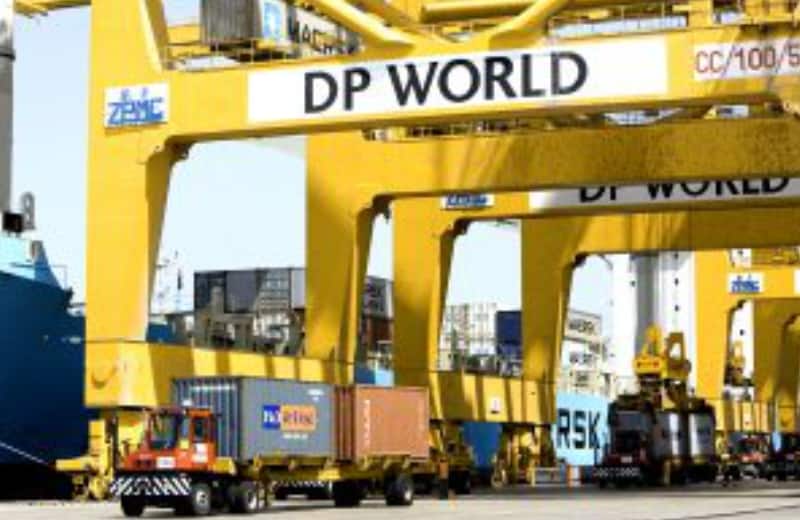-
This follows completion of the first phase of the port expansion project, which DP World has undertaken with an outlay of $442 million
-
Somaliland looks to take strategic advantage of the facility, which includes setting it up to act as the default port for neighboring landlocked country Ethiopia
Dubai-based logistics-solutions provider DP World and Somaliland on Thursday, June 24, inaugurated a new container terminal at the Berbera Port in the African country, said local reports.
This reportedly follows completion of the first phase of the port expansion project, which DP World has undertaken with an outlay of up to $442 million.
Somaliland looks to take strategic advantage of the facility, which includes setting it up to act as the default port for neighboring Ethiopia, a landlocked country.
The inauguration event also included a symbolic ground-breaking of the new Berbera Economic Zone, whose first phase is under construction.
The reports said the new container terminal has a deep draft of 17m, a quay of 400m and three ship-to-shore (STS) gantry cranes.
This means it can handle large container vessels, and the new terminal thus increases the port’s annual container capacity from the current 150,000 Twenty Foot Equivalent Units or TEUs to 500,000 TEUs.
The terminal also includes a modern container yard with eight rubber-tired gantry cranes or RTGs, said the reports, adding that a new One Stop Service Centre is also currently being built and will be ready in quarter three this year.
The second phase of the port’s expansion will reportedly include extending the new quay from 400m to 1,000m, and installing a further seven STS gantry cranes, and increasing the total from three to 10, enabling the port to handle up to 2 million TEUs a year.
DP World Berbera began operations at the port in March 2017 after the company signed a Memorandum of Understanding with Somaliland in 2016.
Since then, it has reportedly increased volumes by 35% and vessel productivity by 300%, and reduced container vessel waiting time from four-five days to only a few hours.







